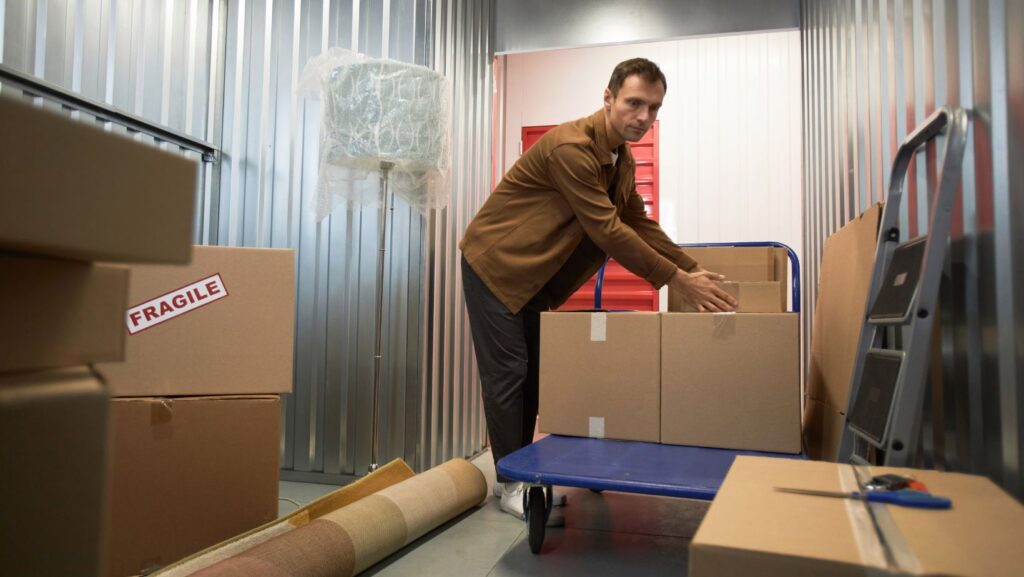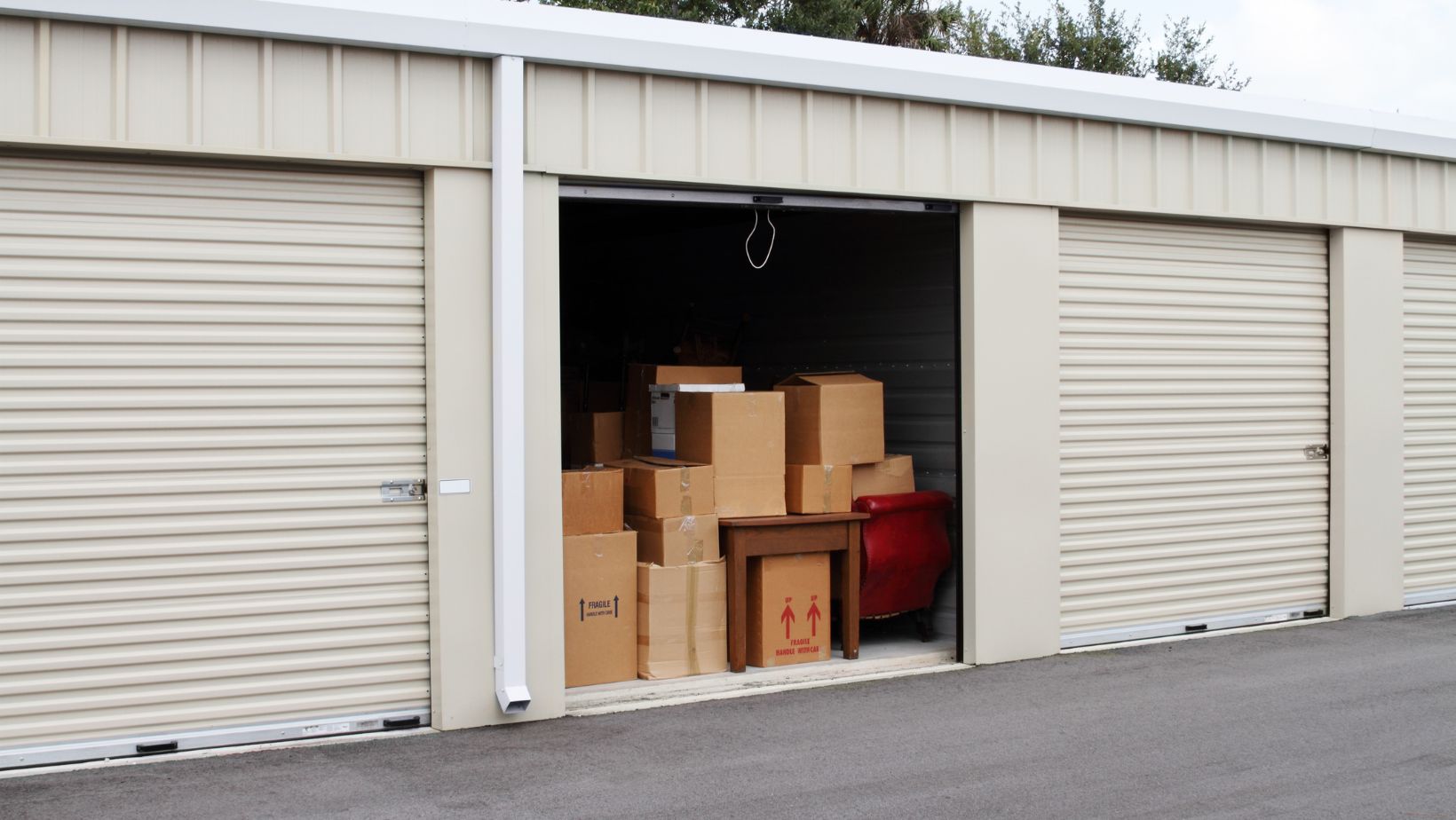
The excitement of a home renovation can quickly turn to stress when you realize just how much dust, debris, and disruption it creates. Whether you’re updating a single room or undertaking a full home transformation, protecting your belongings is vital. Storage isn’t just about finding a temporary home for your stuff – it’s about maintaining your sanity and protecting your investments during what can be months of upheaval. A well-planned storage strategy can be the difference between a chaotic renovation and a smooth transformation. If you’re ready to embark on this journey, start your home remodeling in Gainesville FL today and ensure a seamless experience from start to finish.
When Should You Consider Storage?
Timing your move to storage with your hired moving company is crucial for a successful renovation. While it might be tempting to try and work around your belongings, contractors typically need 30-50% more space than the actual renovation area for equipment, materials, and safe working conditions. For full home renovations, storage becomes essential – trying to shuffle furniture between rooms creates inefficiency and risks damage. Even for single-room projects, the impact of dust and debris extends far beyond the work zone, making storage a smart preventive measure.
What To Store? Making Smart Choices
Not everything needs to go into storage during a renovation, but certain items should always be moved to protect their value and your peace of mind. Start by identifying your most vulnerable possessions – those susceptible to dust, vibration damage, or those that could impede construction progress. Consider not just their monetary value but also their sentimental worth and replaceability. Practical needs should guide your decisions about what stays and what goes.
Choosing The Right Type Of Storage
A storage facility manager with a career in self-storage management would tell you, ‘Selecting the right storage solution during your renovation can make or break your experience. The key is balancing accessibility, protection, and cost. While a climate-controlled unit might seem pricier initially, it could save thousands in potential damage to sensitive items like wooden furniture or electronics.’ A home renovation often includes work on the garage, too! That means not-in-use boats or caravans that are housed away in there may need to be cleared out with a professional tow truck service and moved into storage in a storage yard or enclosed storage.

Consider your renovation timeline and whether you’ll need frequent access to stored items – this often determines whether an off-site storage unit or on-property storage pod makes more sense.
Self-Storage Units
Traditional self-storage offers the most flexibility in terms of size and cost. Most facilities offer 24/7 access and month-to-month rentals, making them ideal for longer renovations where plans might change. You’ll find units ranging from compact 1.5×1.5 meter spaces perfect for boxes and small furniture up to 3×10 meter units that can house the contents of a large home.
Portable Storage Pods
Having a storage pod delivered to your property can be a game-changer for accessibility. These units sit right in your driveway or yard, allowing quick access to items you might need during renovation. They’re particularly valuable during kitchen renovations when you might need to retrieve appliances or dishware occasionally.
Climate-Controlled Storage
For valuable or sensitive items, climate-controlled storage provides peace of mind. These units maintain consistent temperature and humidity levels, protecting everything from wooden furniture to electronic equipment from environmental damage. While they cost about 25-50% more than standard units, they’re essential for long-term storage of valuable items.
Packing For Storage: Keeping Things Organized
Organization isn’t just about knowing where things are – it’s about making your post-renovation life easier. A well-planned packing strategy saves time, reduces stress, and prevents damage to your belongings. Think of your storage unit as a temporary home where everything needs a logical place and purpose. Clear labeling and thoughtful organization will make a world of difference when it’s time to bring items back.
The Benefits Of Storage During A Renovation
Beyond protecting your belongings, strategic storage can actually speed up your renovation timeline.

Contractors work more efficiently in clear spaces, and you’ll face fewer delays from having to shuffle items around. There’s also a significant psychological benefit – coming home to a relatively organized space, even during construction, helps maintain your sanity during the renovation process.
Moving Back In: The Final Step
The way you return items to your newly renovated space is just as important as how you store them. This is your opportunity to reimagine your space and improve your organization systems. Take time to clean both the items and your renovated space thoroughly before having your professional movers pickup from the storage facility and move anything back. Consider this your chance to start fresh – only bring back items that will enhance your newly updated space.
Conclusion
Success in renovation storage comes down to careful planning and execution. Create a timeline that aligns with your renovation schedule, including buffer time for unexpected delays. Document everything – from photos of valuable items to detailed box contents lists. Remember, the goal isn’t just to store your belongings but to protect them while making your renovation process smoother and more efficient.
Pro Tip: Many insurance policies don’t automatically cover items in storage. Check your coverage and consider additional insurance for valuable items. The small extra cost provides valuable peace of mind during your renovation journey.
The investment in proper storage during a renovation pays dividends in protected belongings, reduced stress, and a smoother renovation process. When the dust settles, and you’re enjoying your beautifully renovated space, you’ll be glad you took the time to plan and protect your possessions properly.







